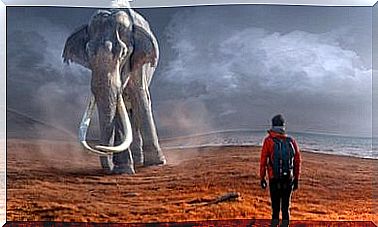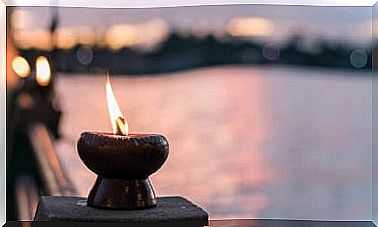Diego Velázquez, Biography Of The Genius Of Painting
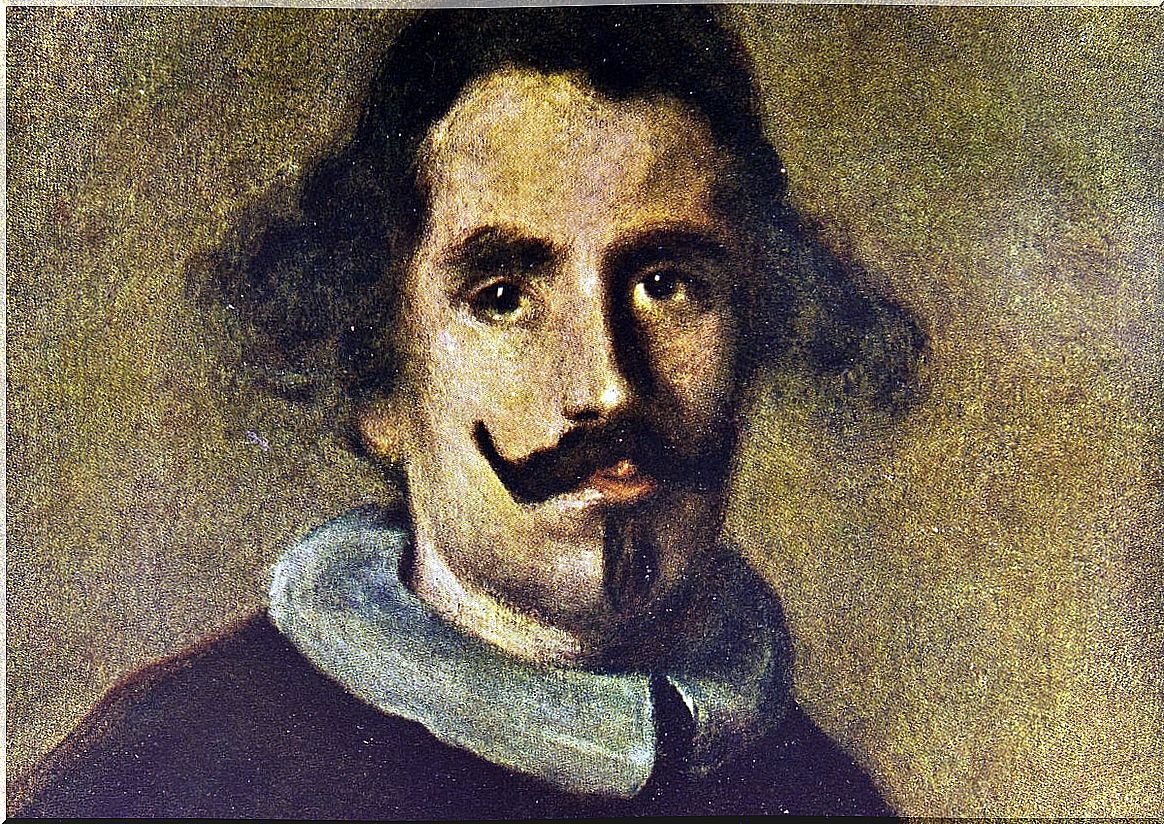
The history of art is a huge mural in which some painters have left a classic mark, unmoved by the erosion of time. Some stand out for their dexterity, others for their ability to go outside the box.
In this context, we want to address the figure of one of the masters of the Spanish Baroque, Diego Rodríguez de Silva y Velázquez, popularly known as Diego Velázquez. So, we go with the biography of the genius of painting.
The first Sevillian stage
He was born in Seville, during the last year of the 16th century, in the bosom of a wealthy family of Seville’s nobility. He had 7 other siblings, a common number for the time. It will not take him long to look into the world of art, showing interest and concern to expand his knowledge.
He began his artistic career in Seville, specifically in the workshop of Francisco Herrera “el viejo”. However, his most fruitful training was received in the workshop of Francisco Pacheco, who later became his father-in-law. It is here where he will meet other painters and the different techniques so that, little by little, he will begin to carry out his first important works.
He began by painting simple everyday scenes, using and training in the technique of tenebrism under the influence of Caravaggio and the spatial conception similar to Flemish painting. Some of the most representative titles are Old Woman Frying Eggs , Christ in the House of Marta and María or El aguaador de Sevilla .
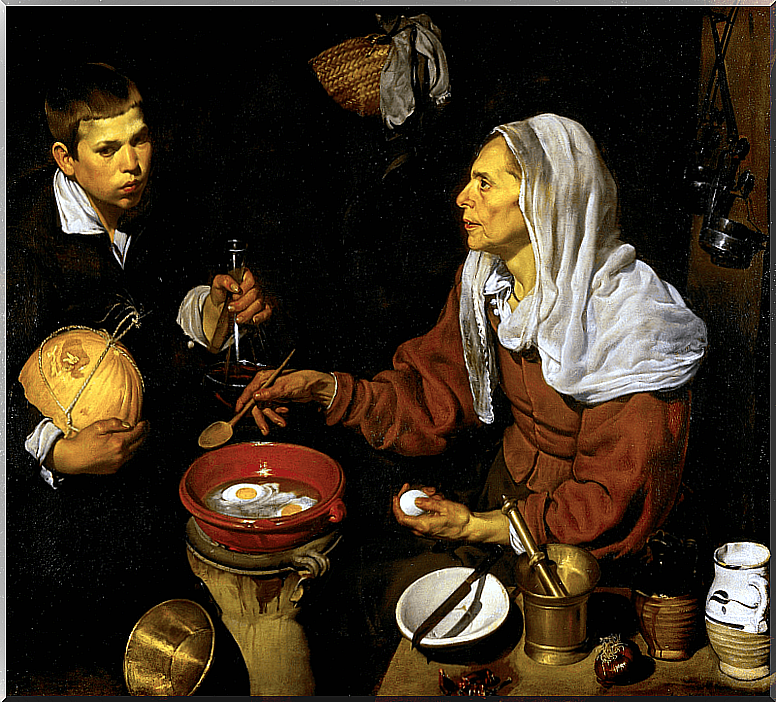
The path to success as a court painter
Diego Velázquez was to be called to court in 1622, the year in which he settled in Madrid and began to respond to the expectations that he had generated in the capital. The Count Duque de Olivares and Felipe IV himself recognize the painter’s skill. In addition, during his stay in the capital he would make several trips to Italy, with the intention of continuing to drink from the art of the transalpine country.
- In 1627, he was appointed usher of the chamber. The appointment is the consequence of the success achieved in a contest in which he faced other painters of the court. In this way, he will reinforce his support and will even see how the support for the king himself increases, of whom he begins to take the first portraits.
- In 1629 he traveled to Italy, where he could learn about works by the greatest masters : Leonardo Da Vinci, Raphael, Michelangelo, etc., as well as making contact with other painters such as José de Ribera. It is in this period when he makes works such as “The Forge of Vulcano”.
- In 1631, he returned to Madrid, where he continued in his work as the king’s painter, to return to Italy in 1649. He did so due to the royal requirement to buy some works. At the same time, it is on this second trip that he paints the famous portrait of Innocent X. In 1651 he returned to Madrid and a year later he was appointed Chief Aposentador.
The culmination of his career
After several decades in which he developed all his talent as an artist, Diego Velázquez achieved great recognition by the entire court and by other painters of the time, as emphasized by the specialist in painting Wendy Beckett. In this way, in 1656 he is going to make his great masterpiece, Las Meninas , where he represents himself, proud of his position and of the Cross of Santiago that he wears on his chest.
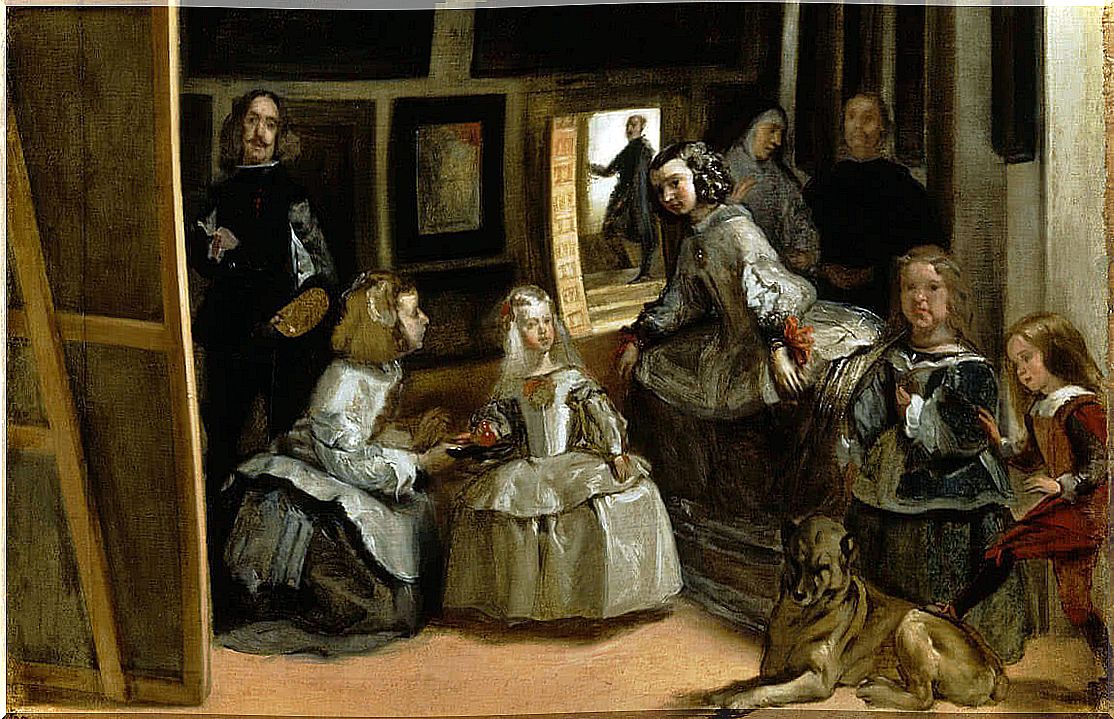
In turn, he will work on other works that have been authentic milestones in the history of painting. A particular case is Las Hilanderas , where the fable of Aracne is narrated, demonstrating a great mastery of the technique, a product of his talent, but also of his great experience.
Finally, he died in 1660 in Madrid. His funeral is an event and he is buried with honors, under the status of knight of the Order of Santiago. His work, on the other hand, would remain for eternity, being the proof of a creative visualization that will allow him to pass to posterity as one of the geniuses of painting and that, without a doubt, will continue to be an icon in the history of art. .



